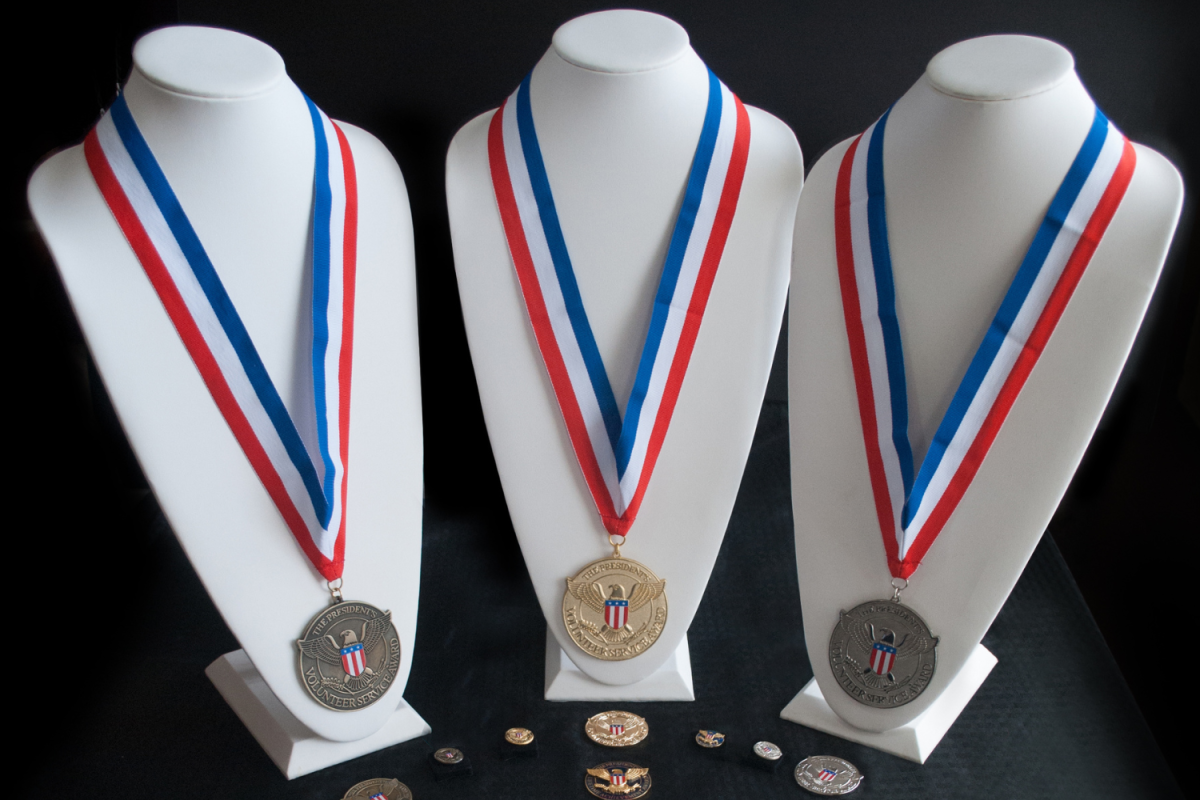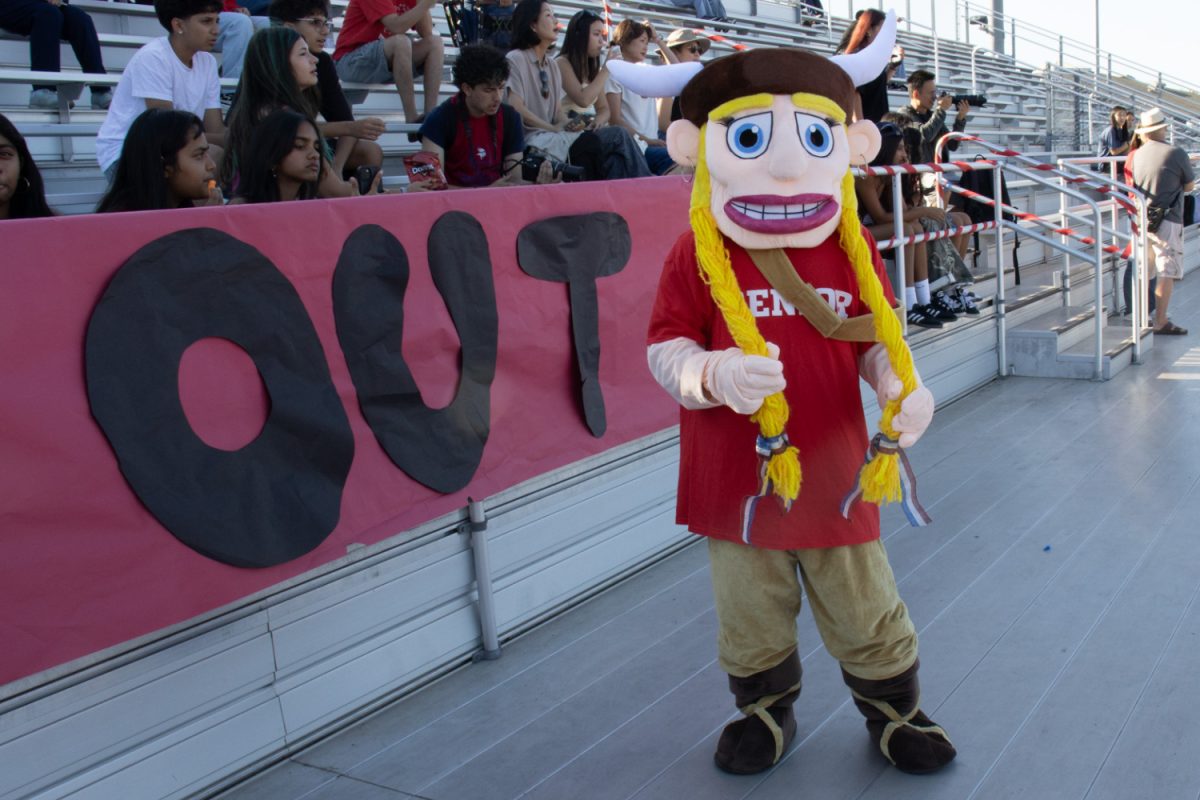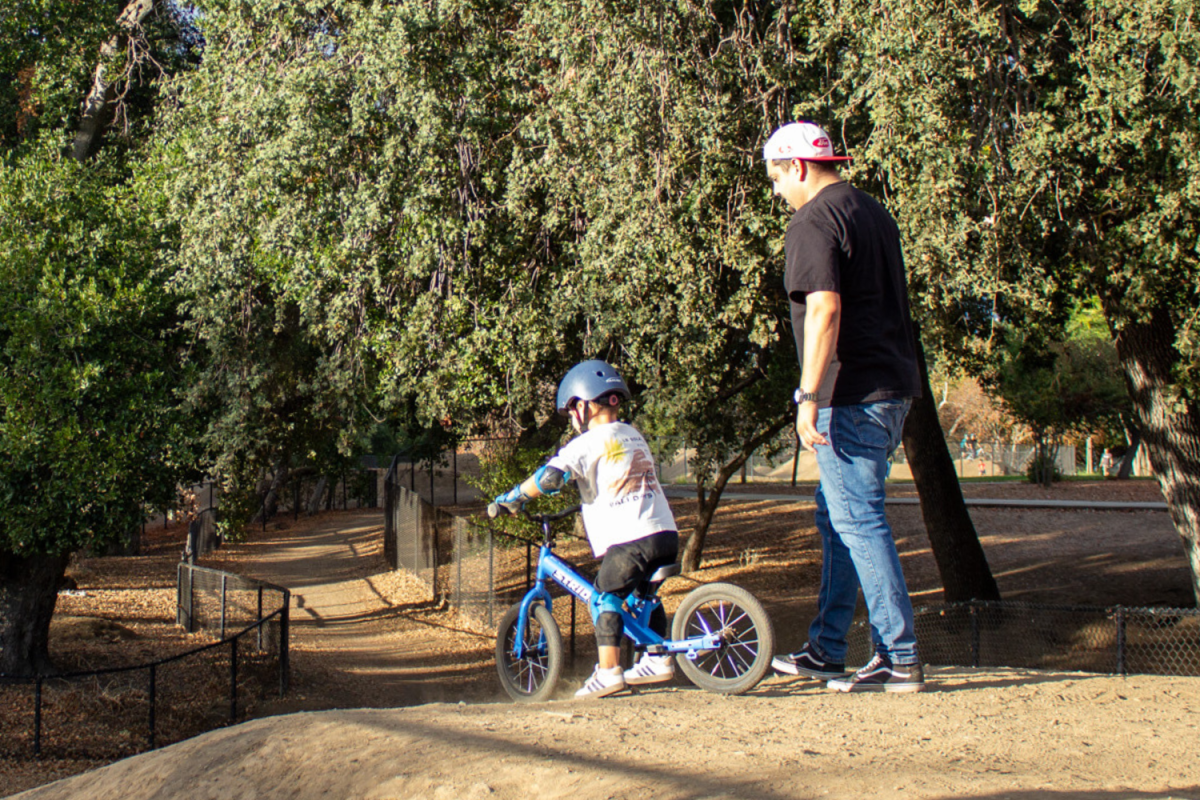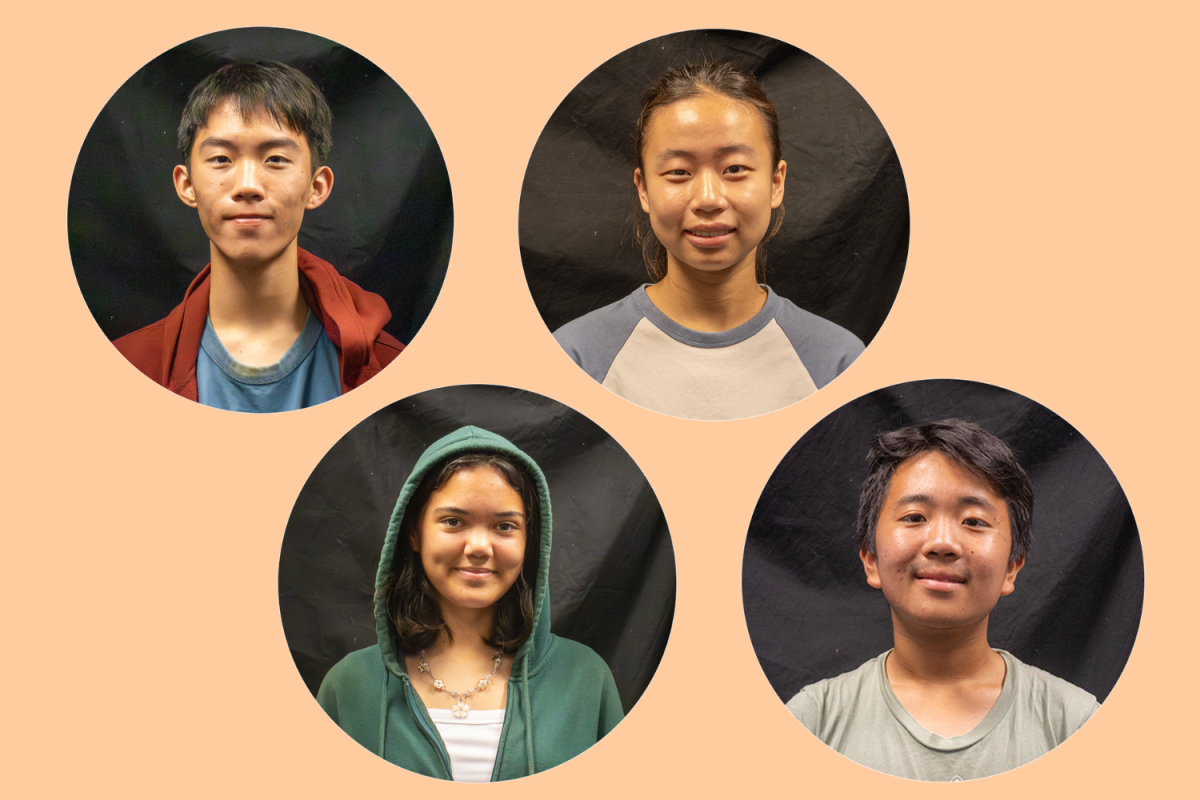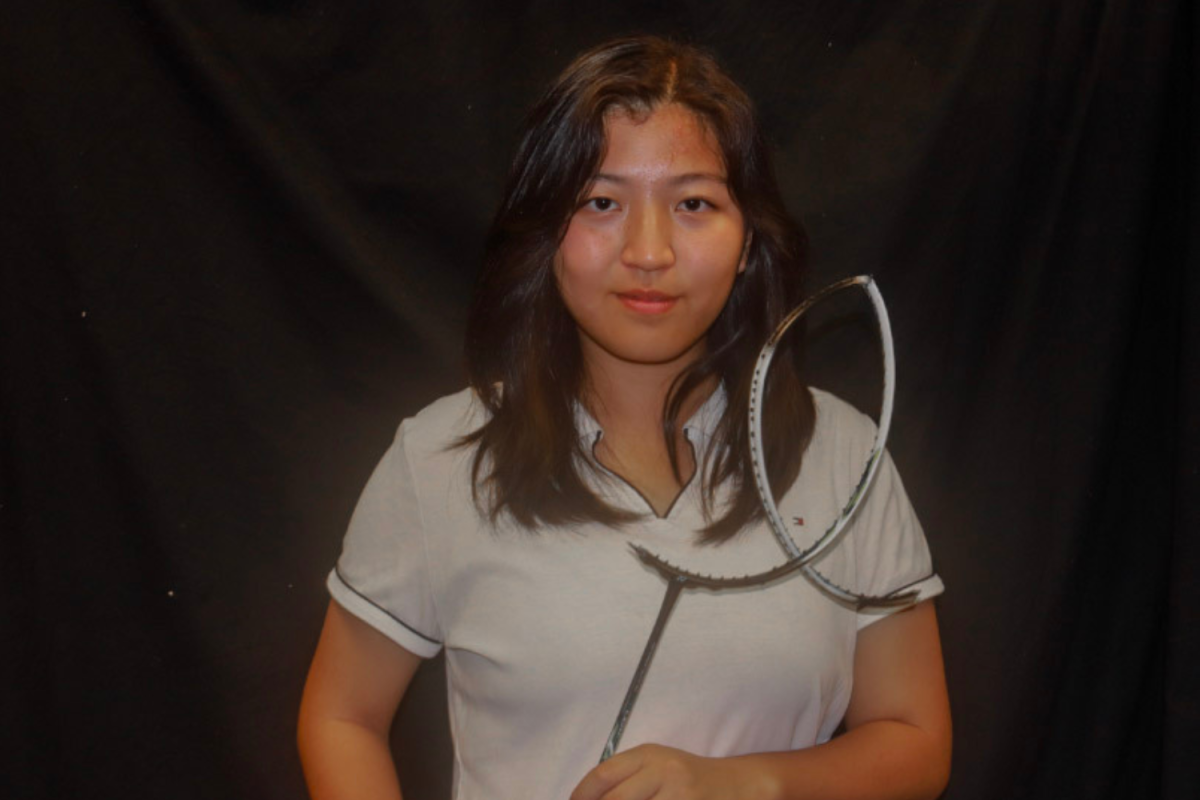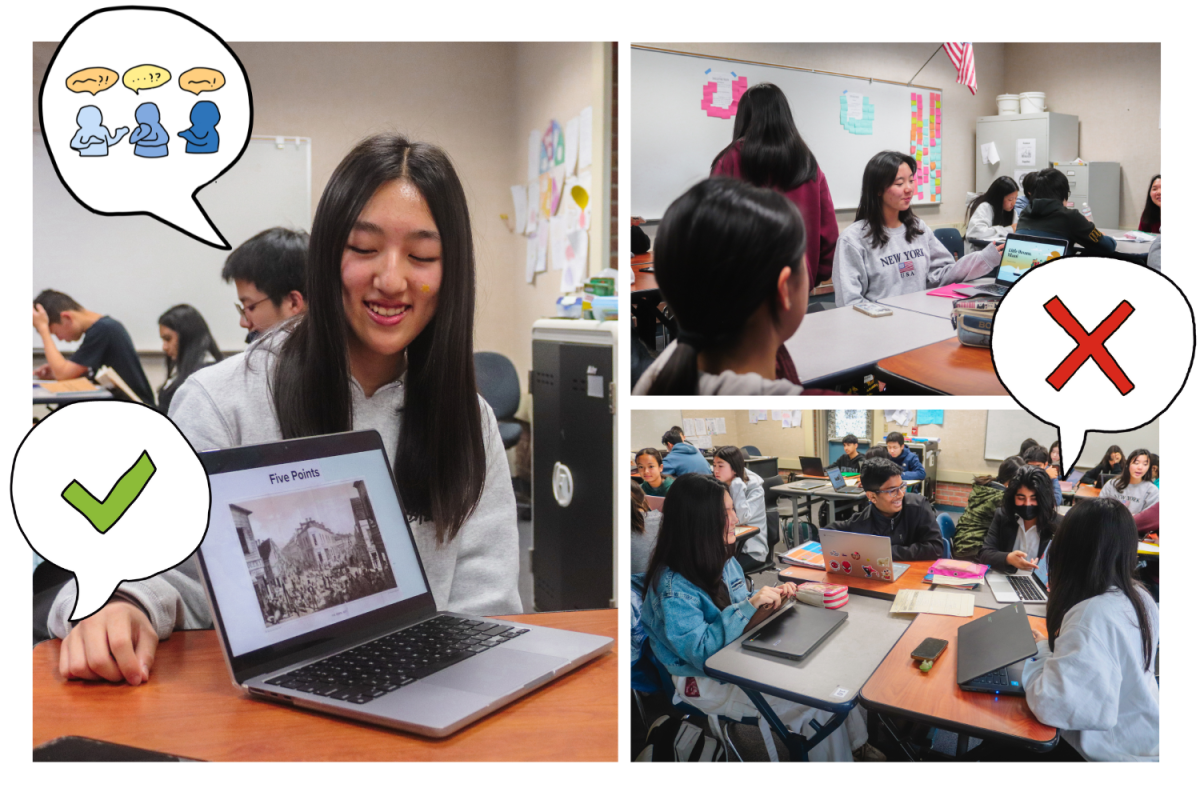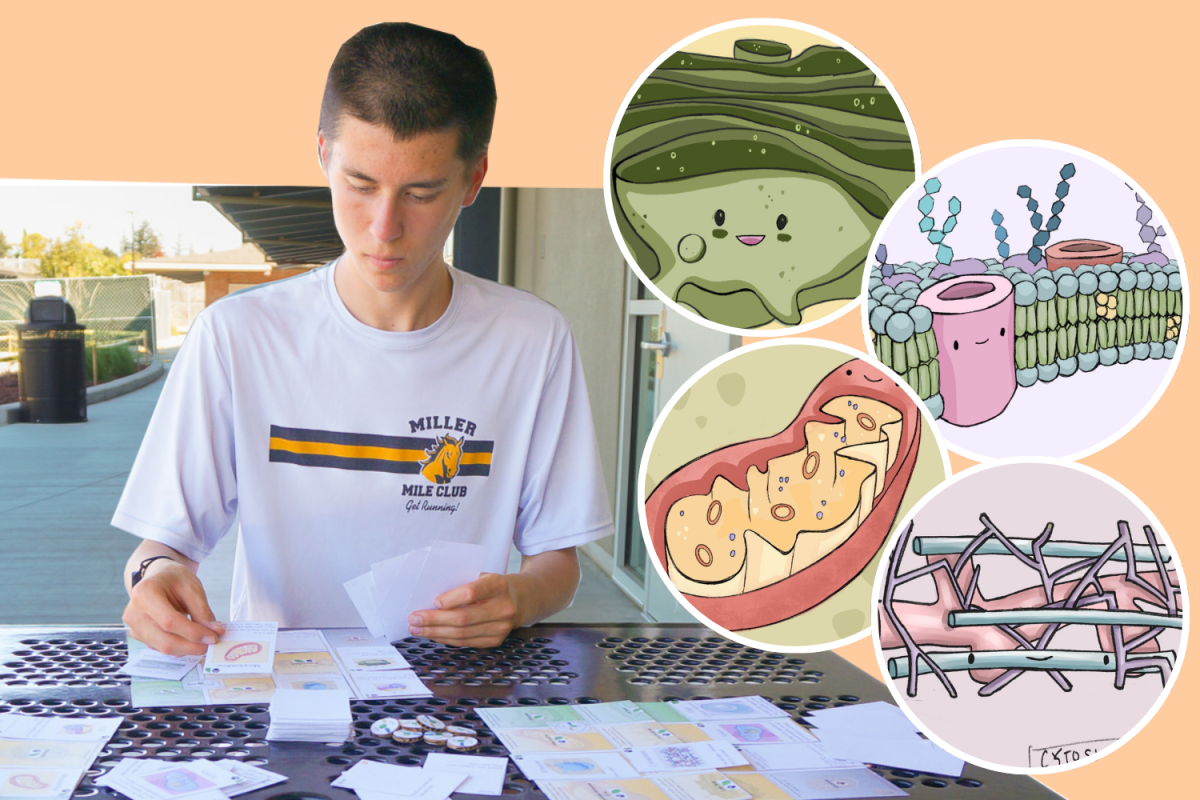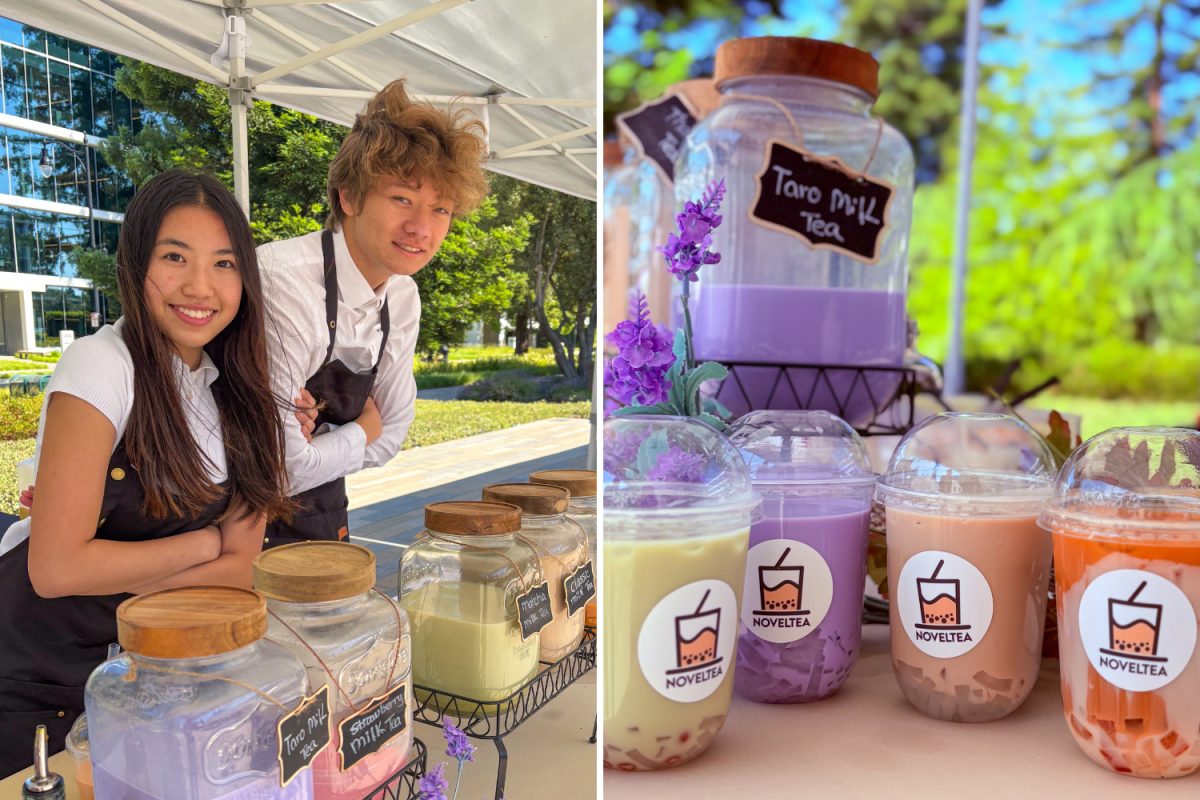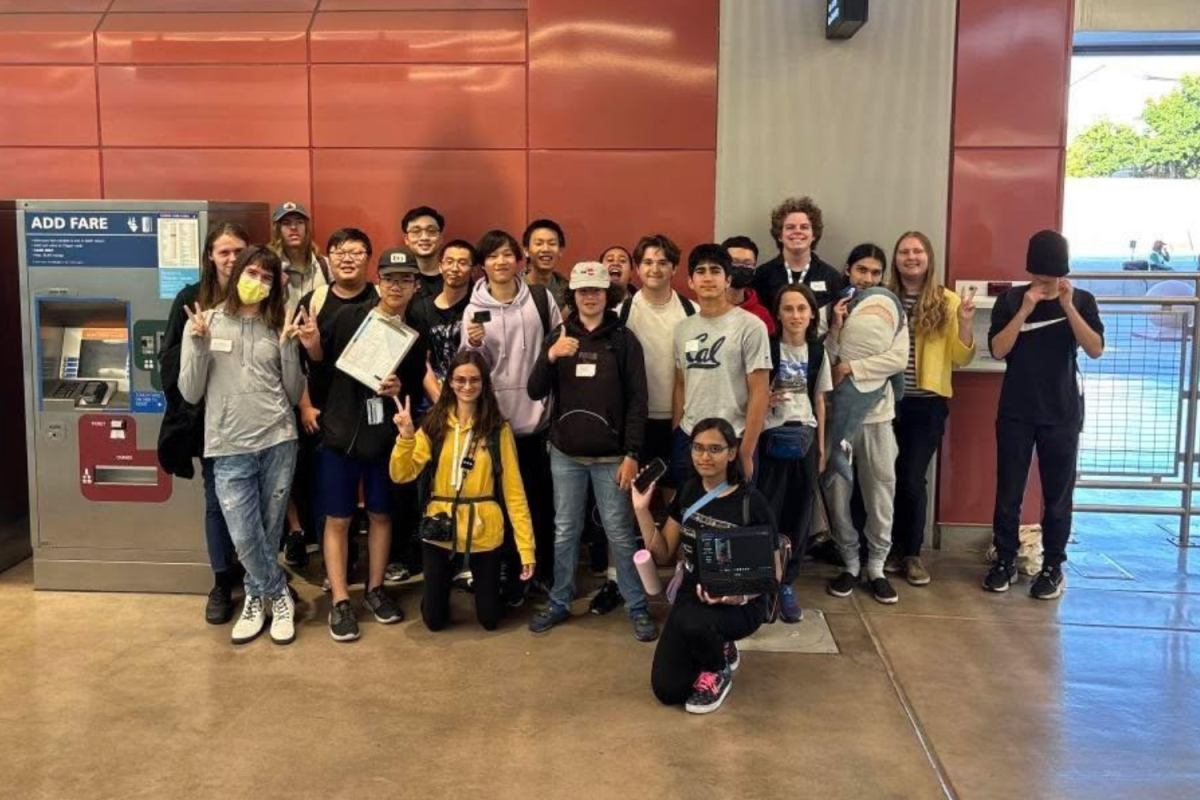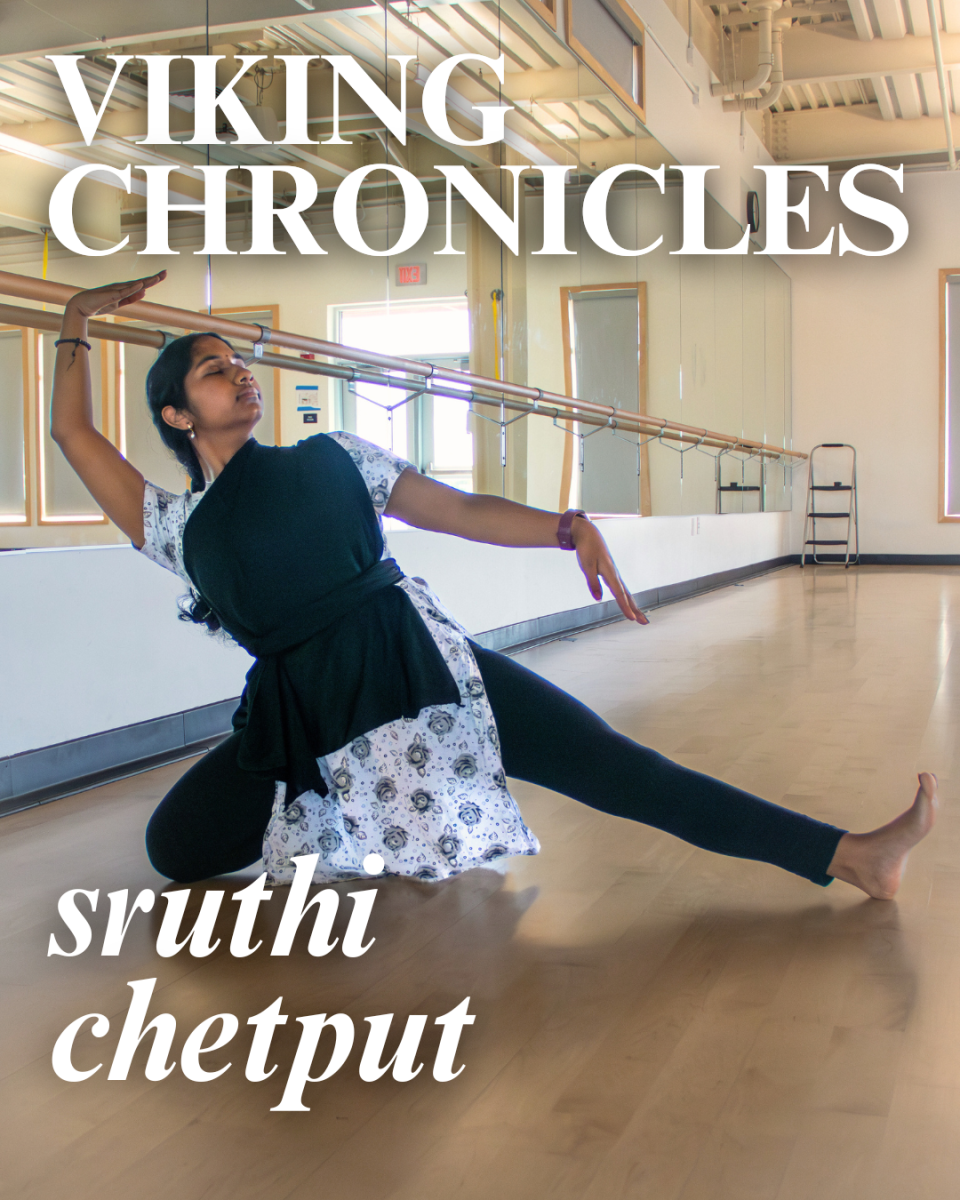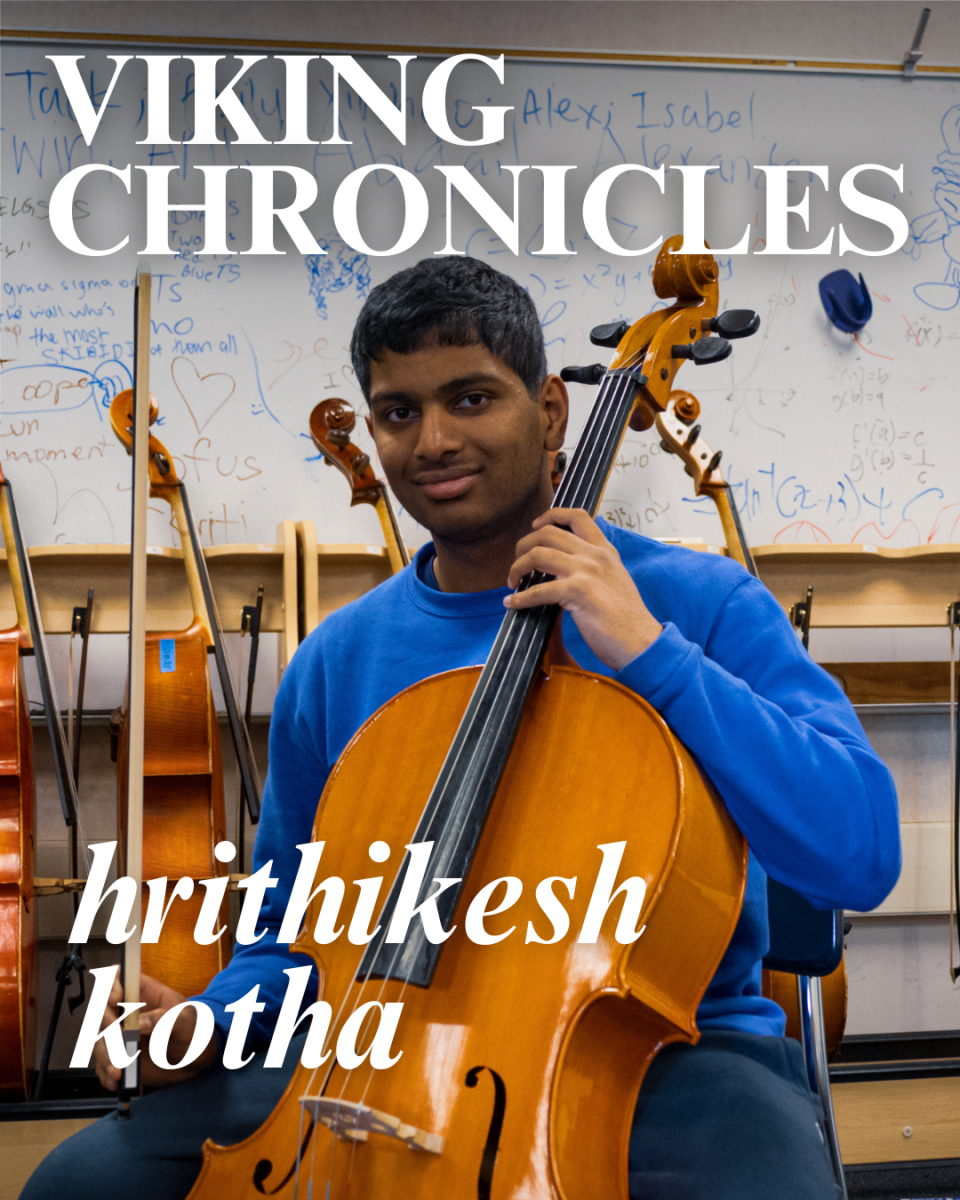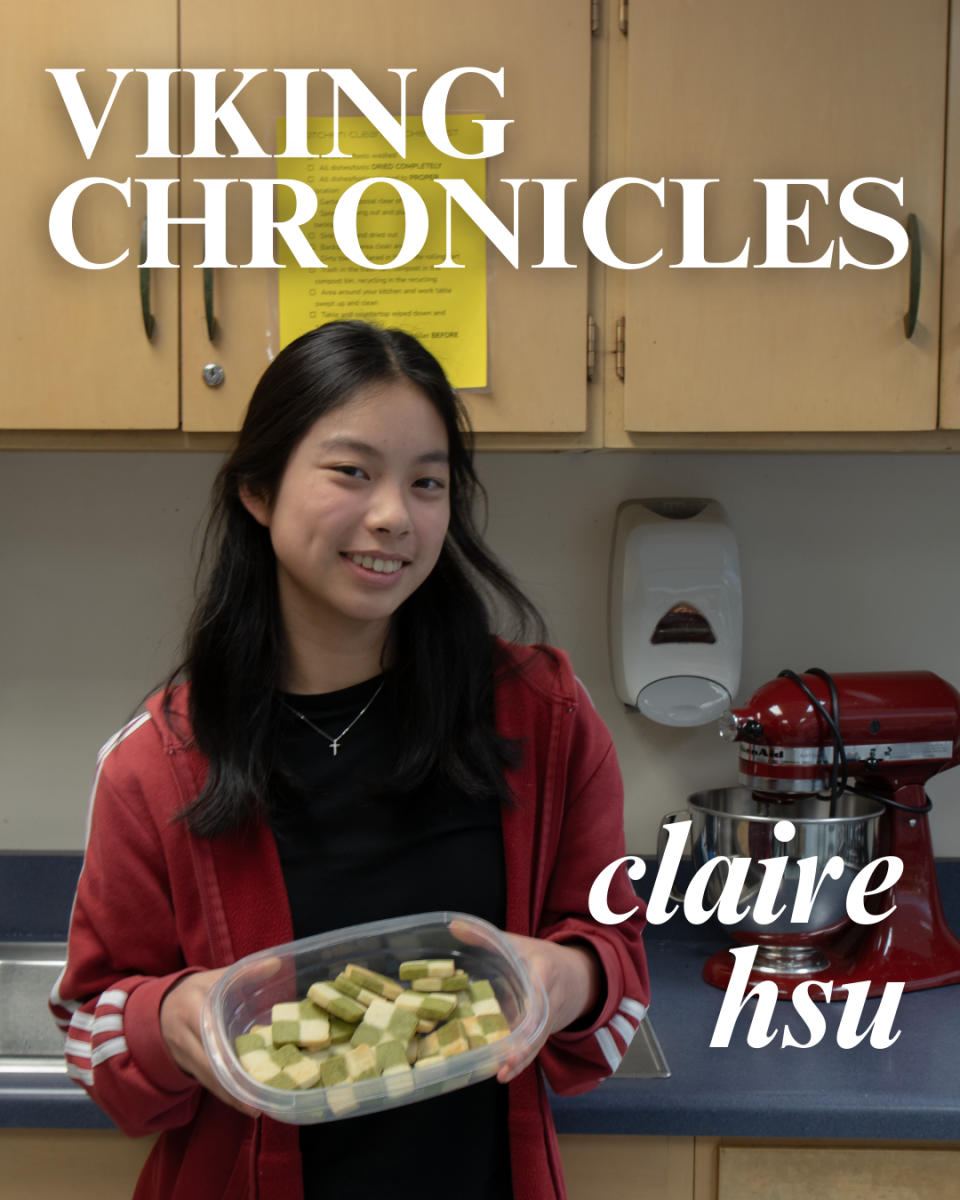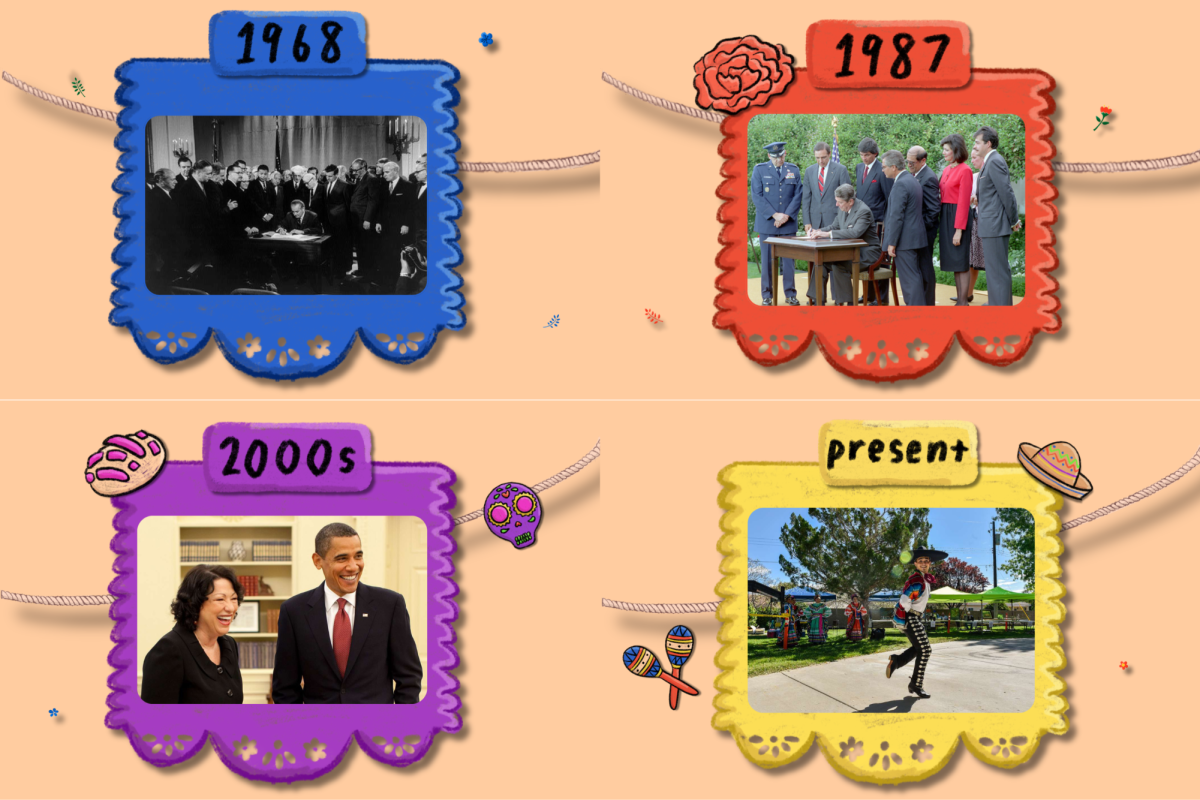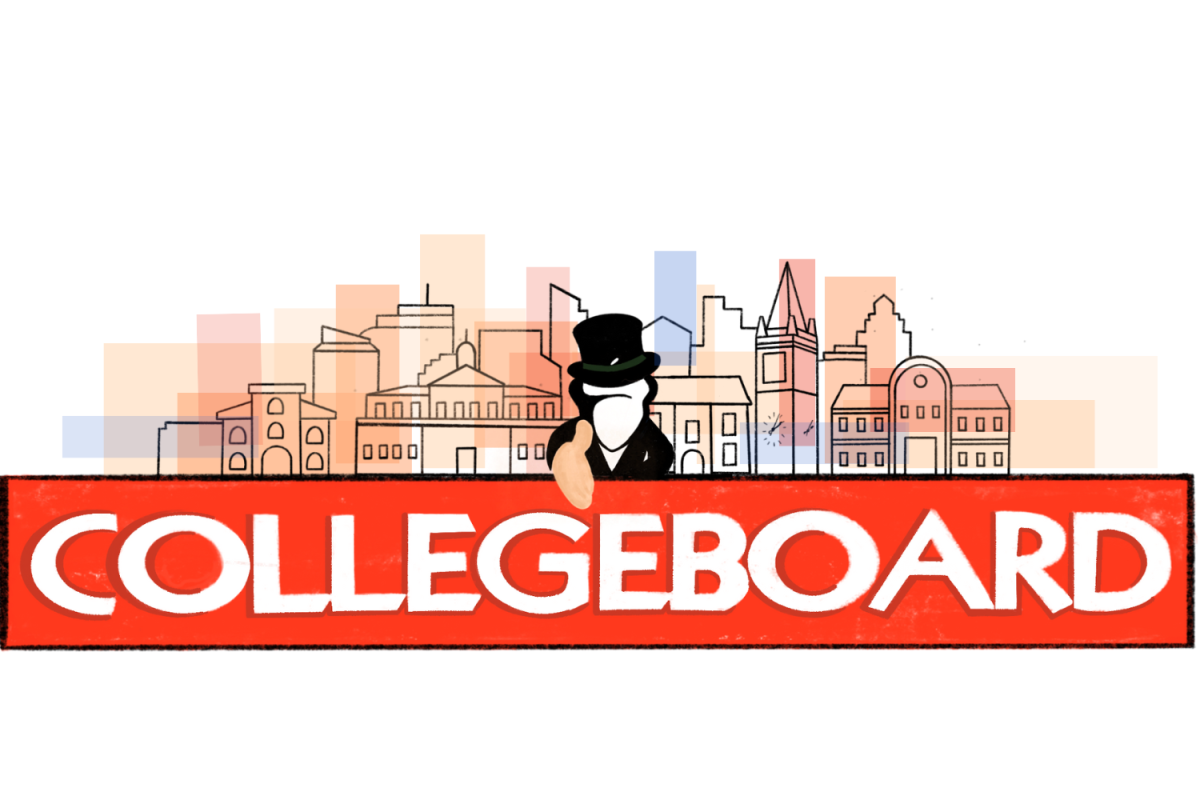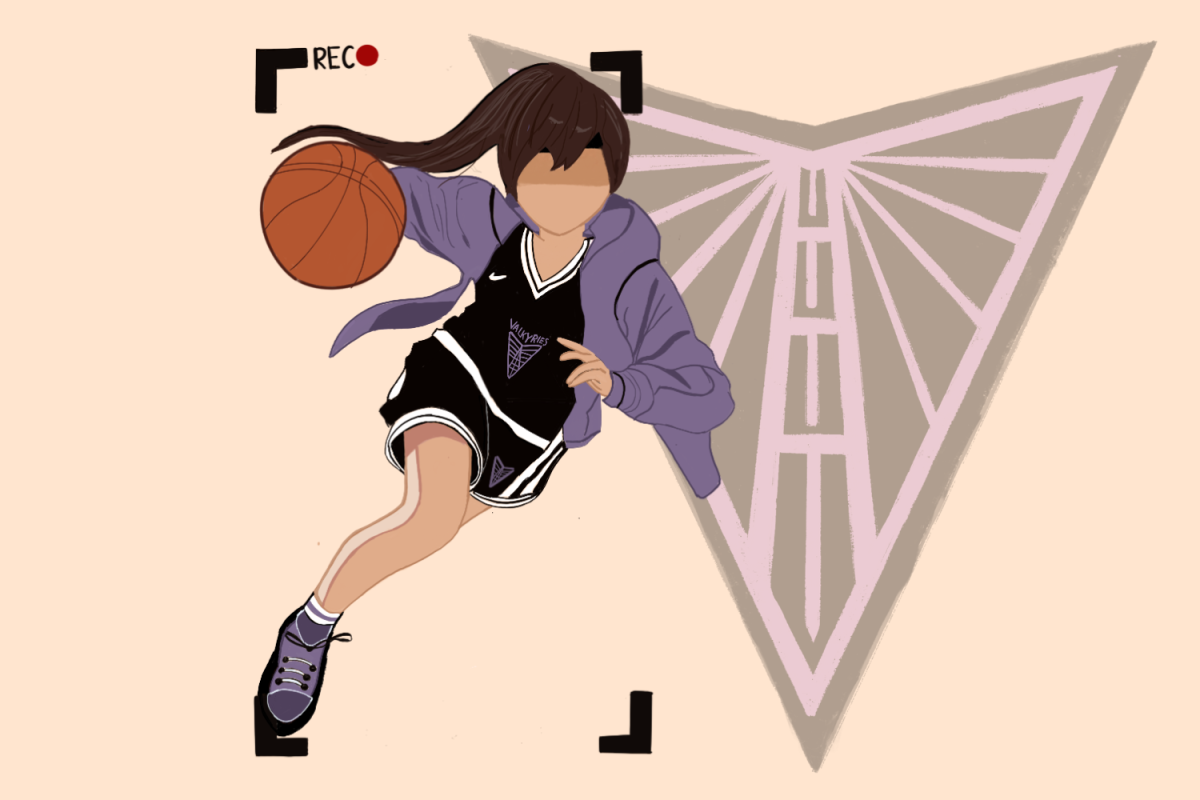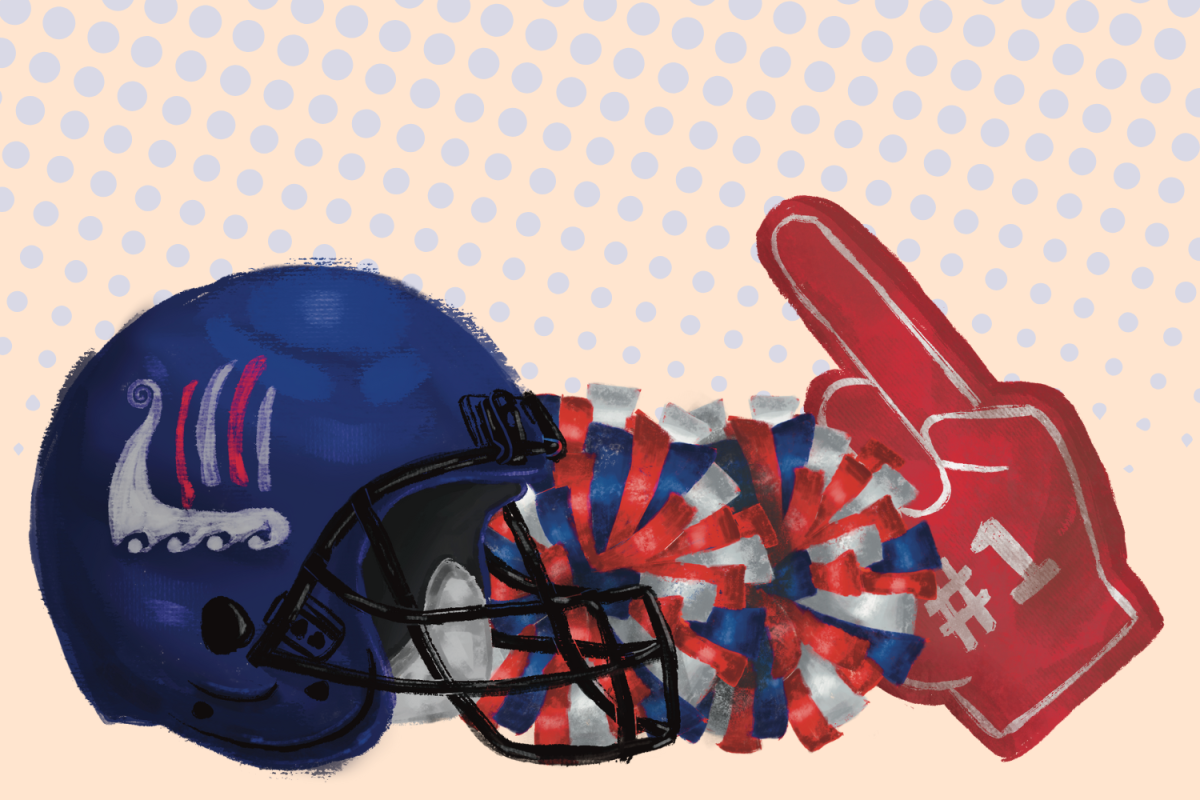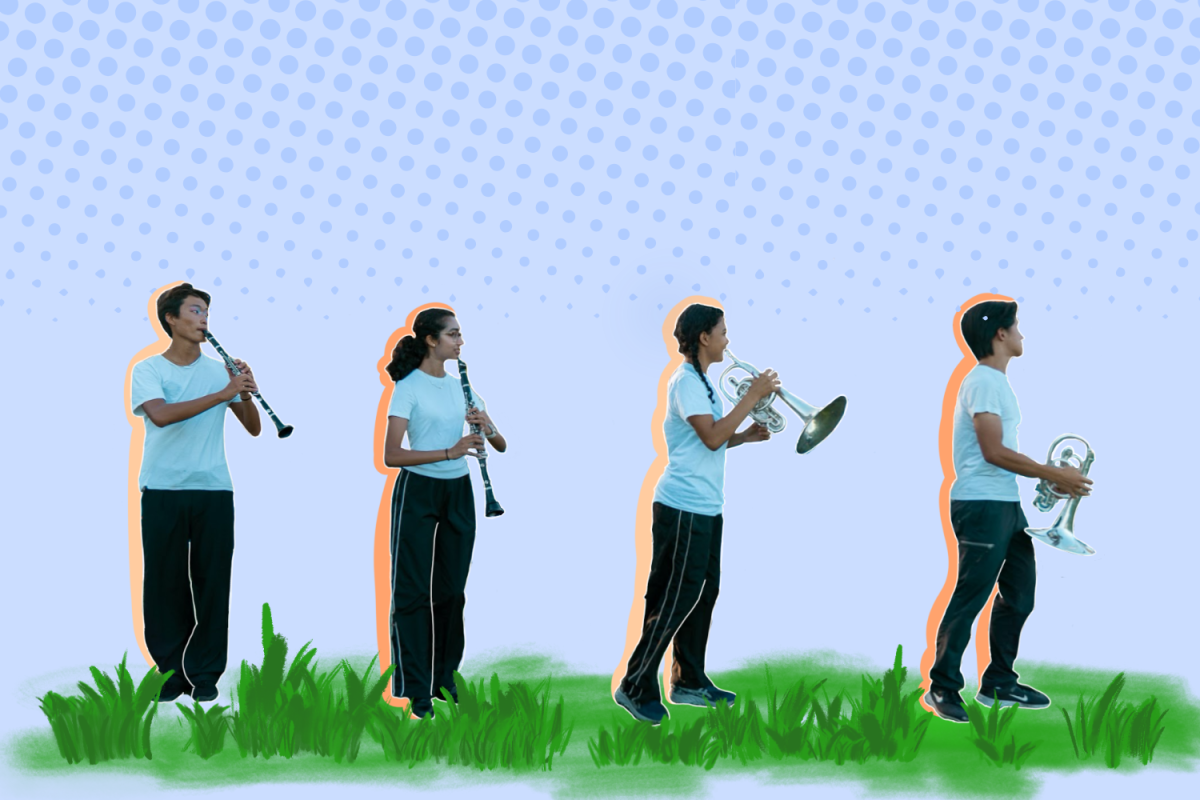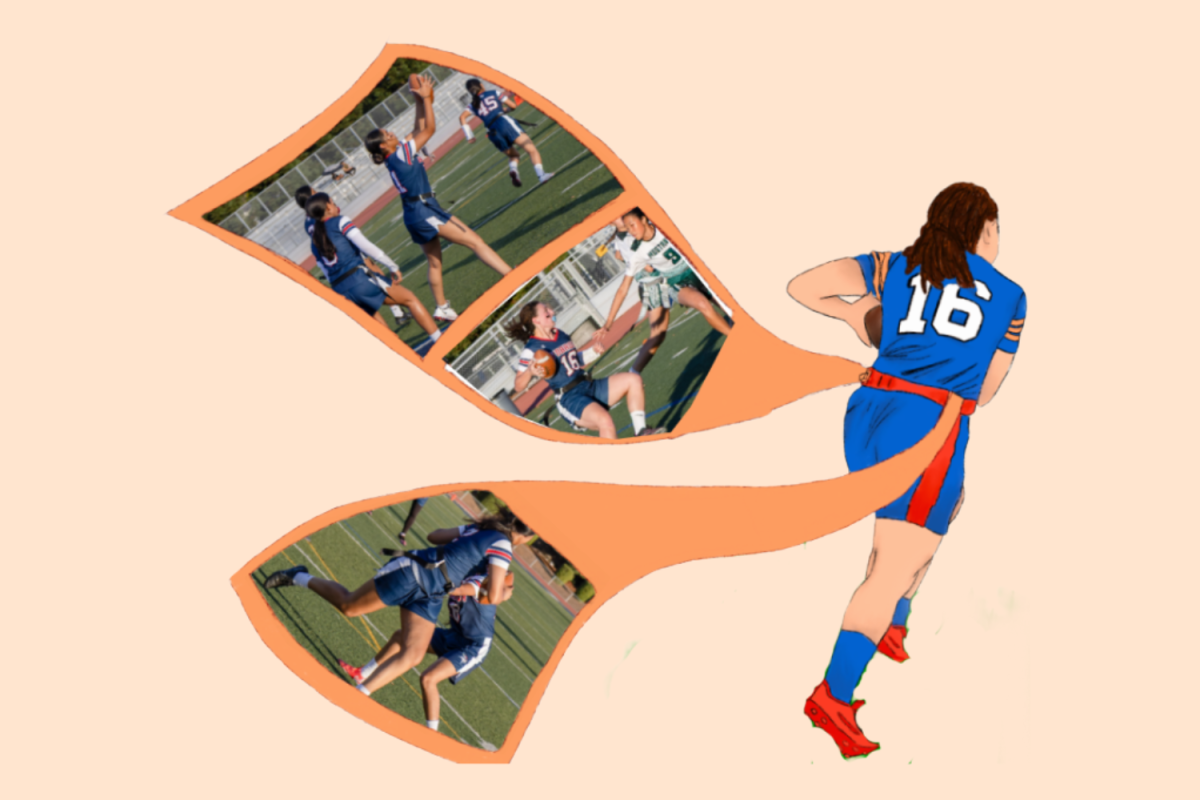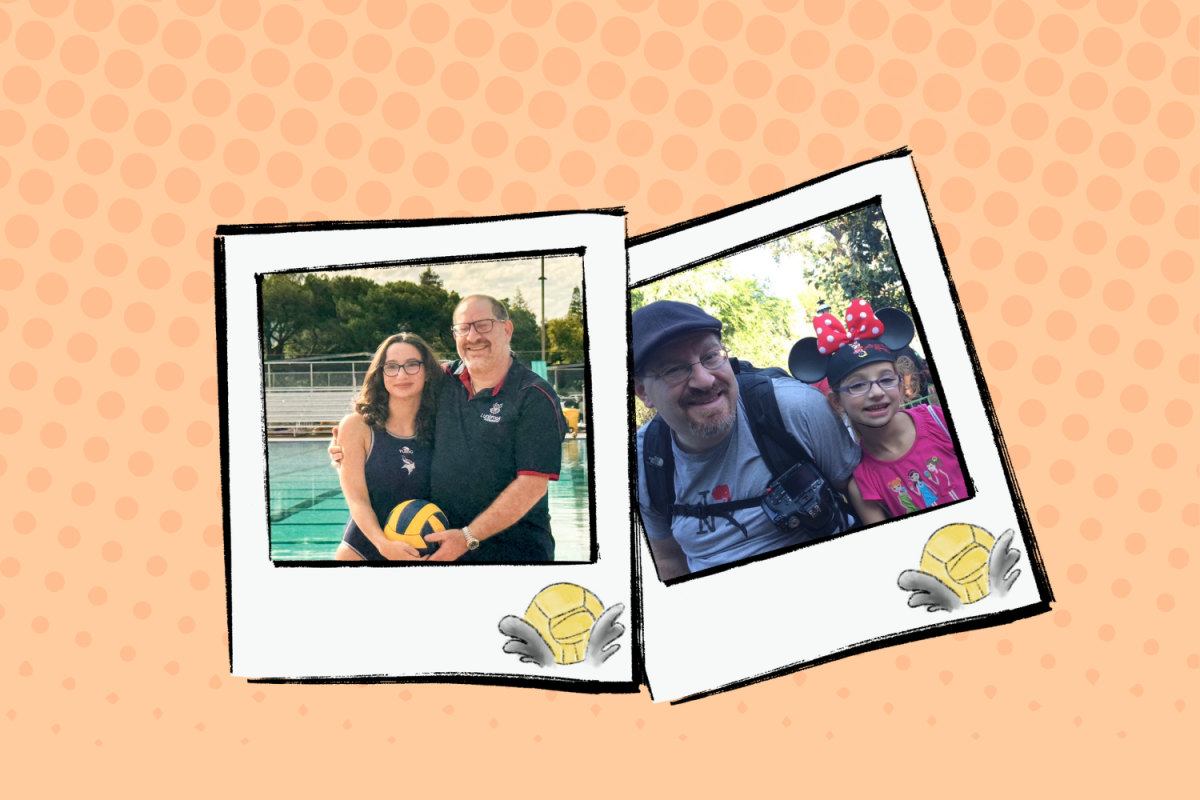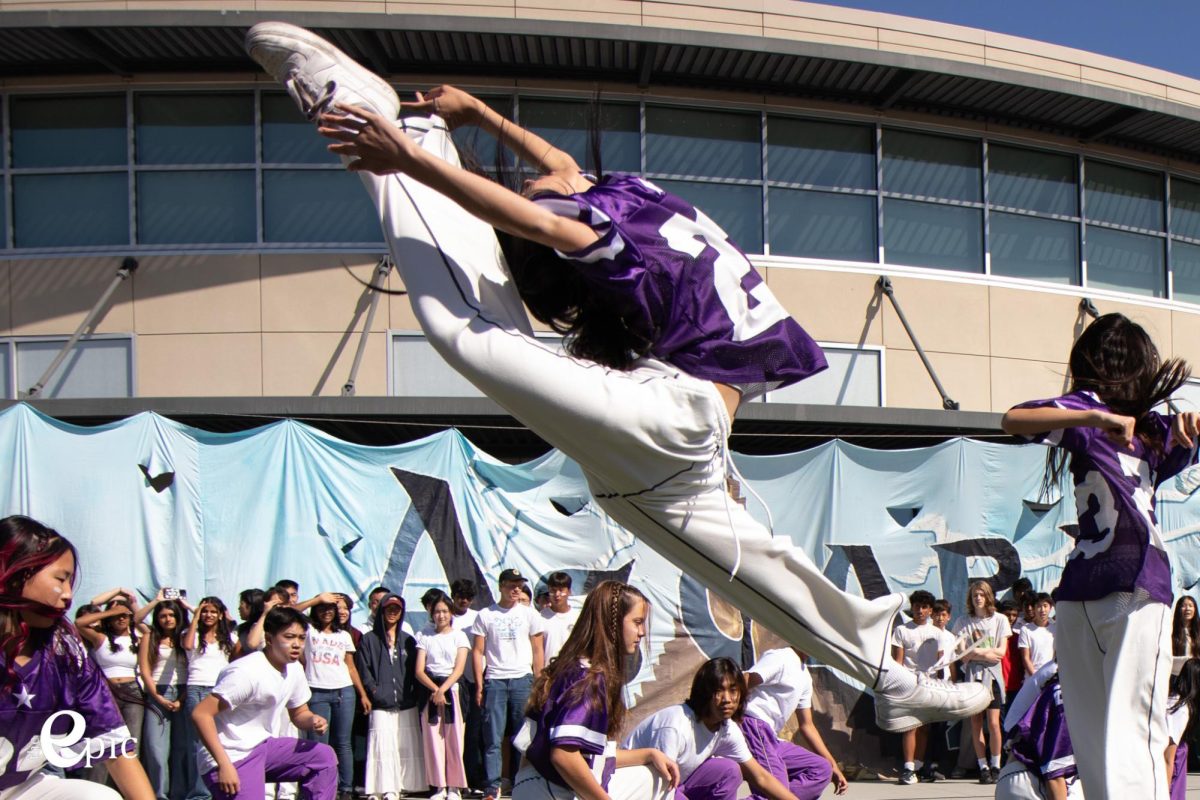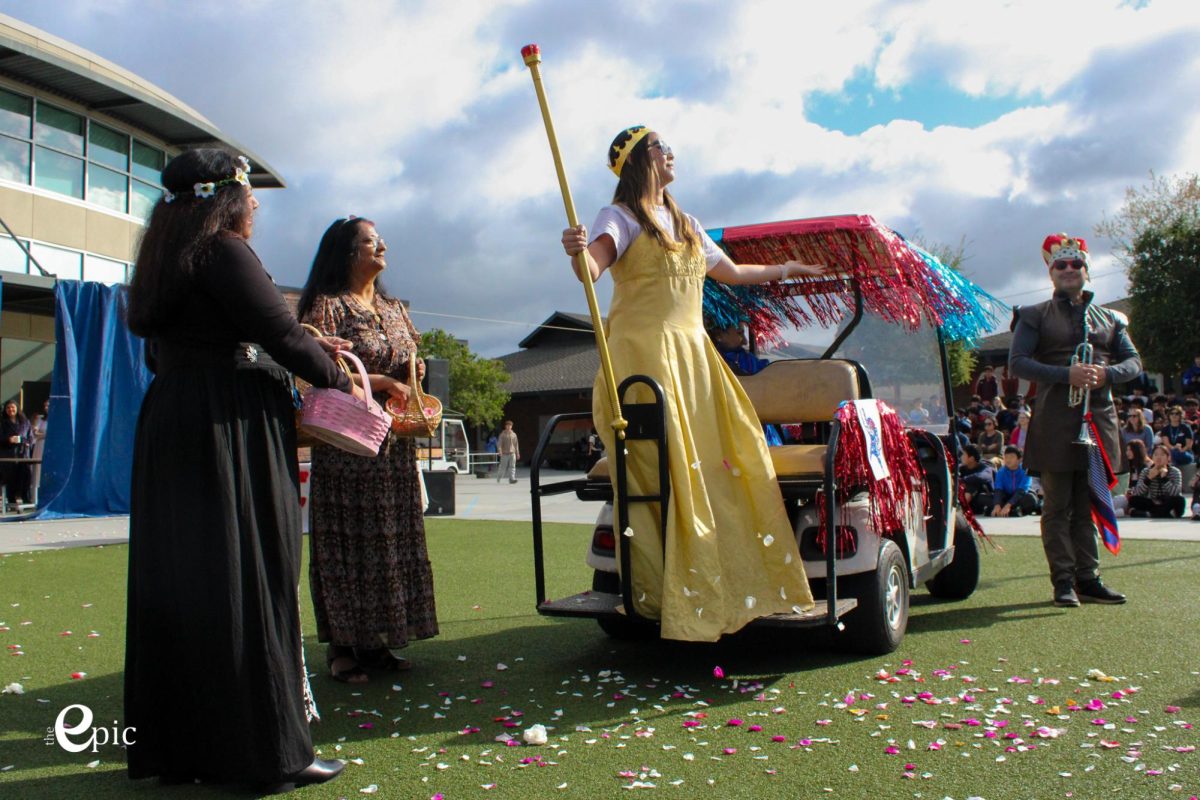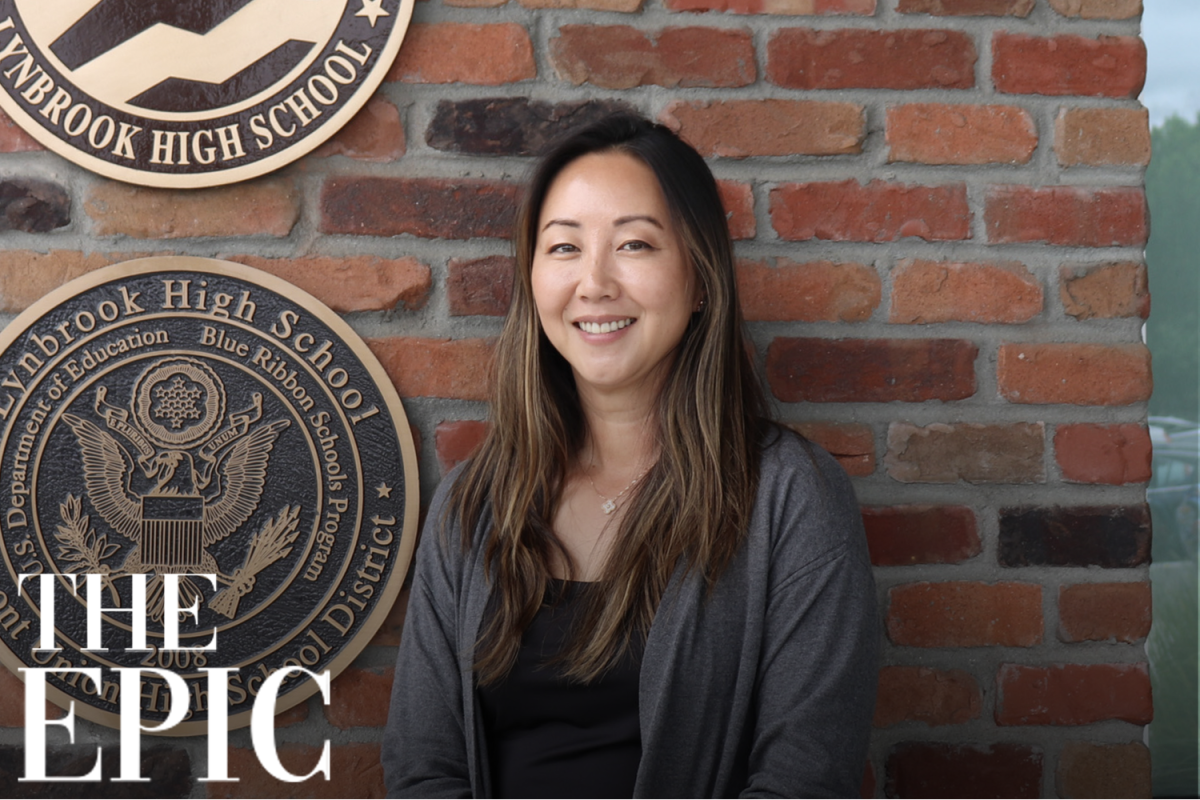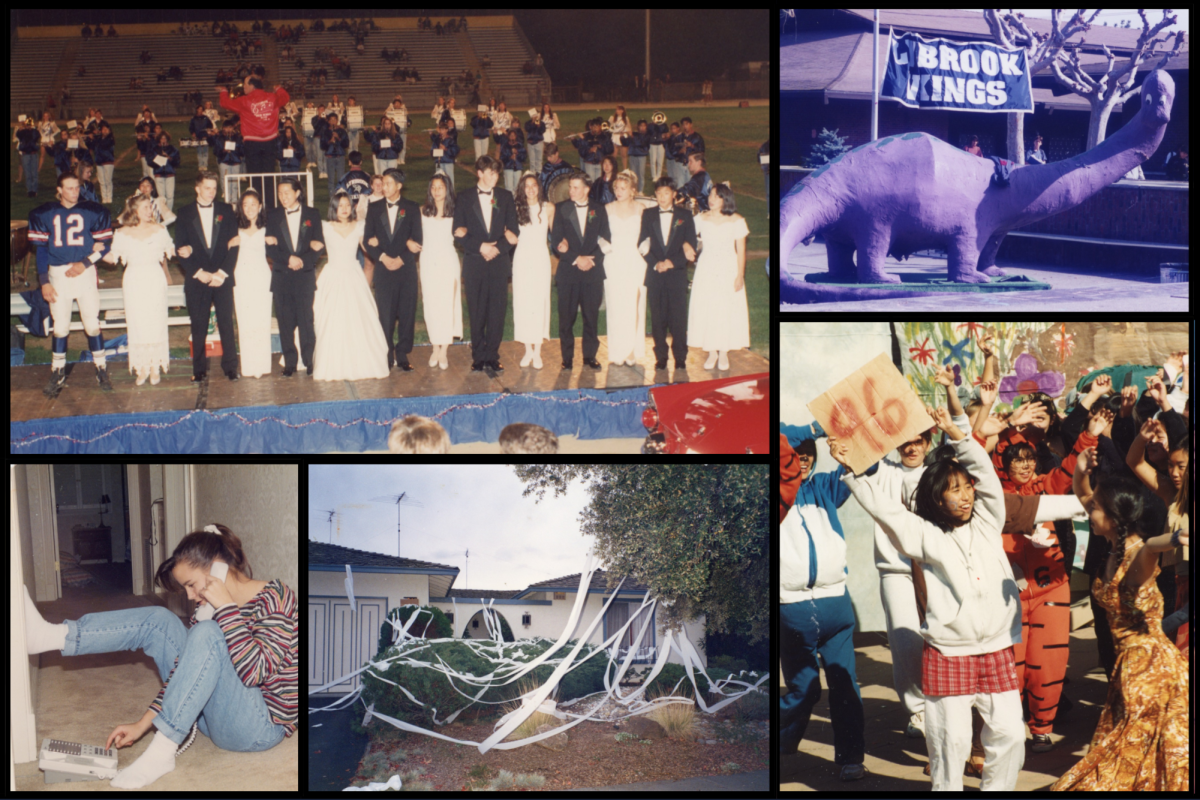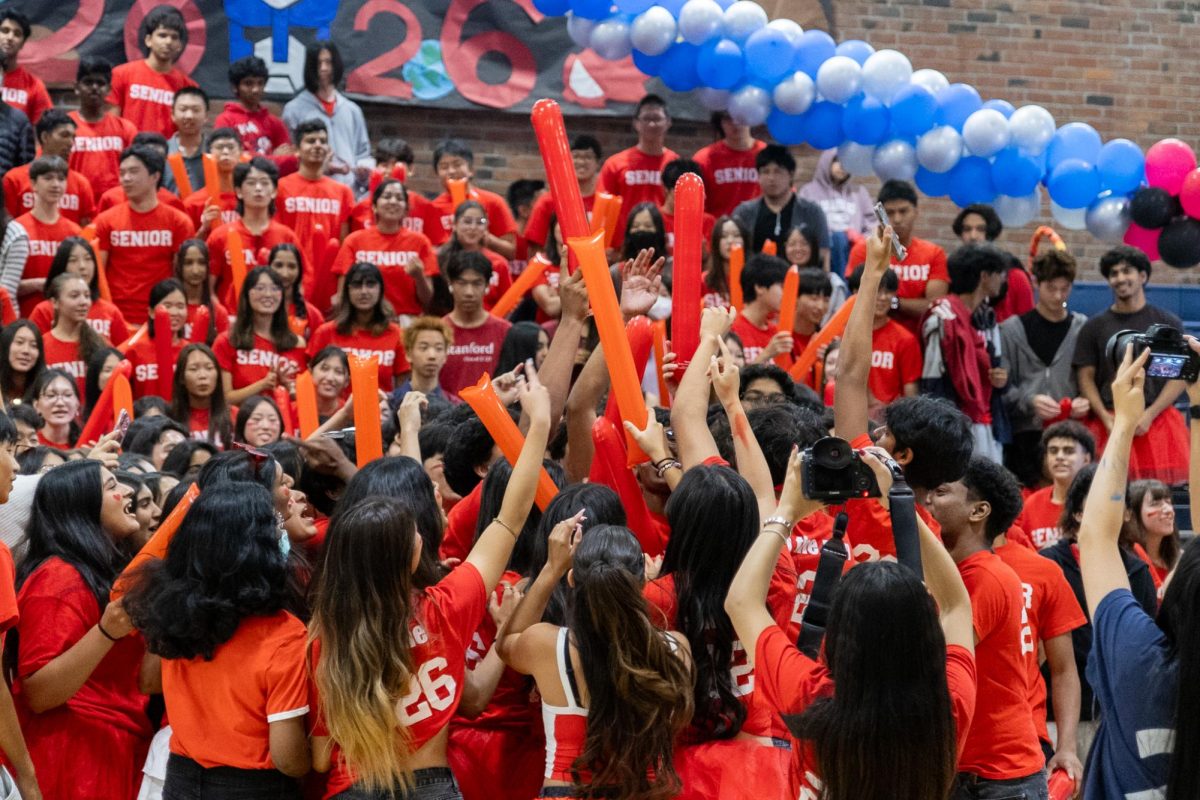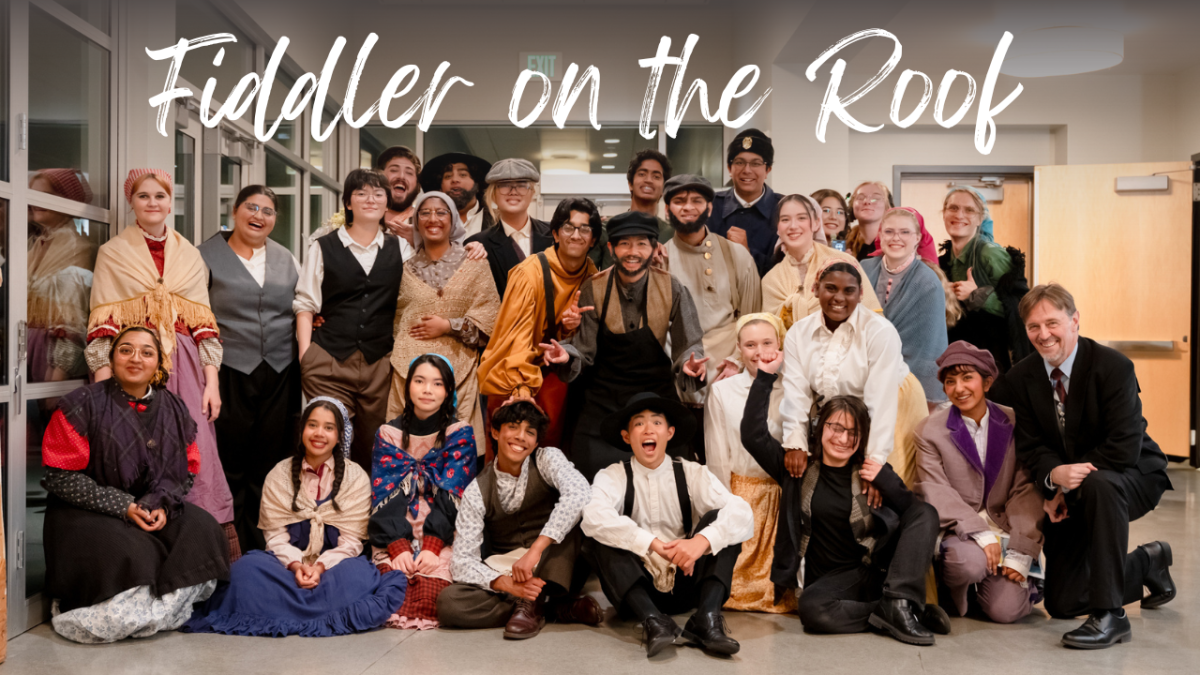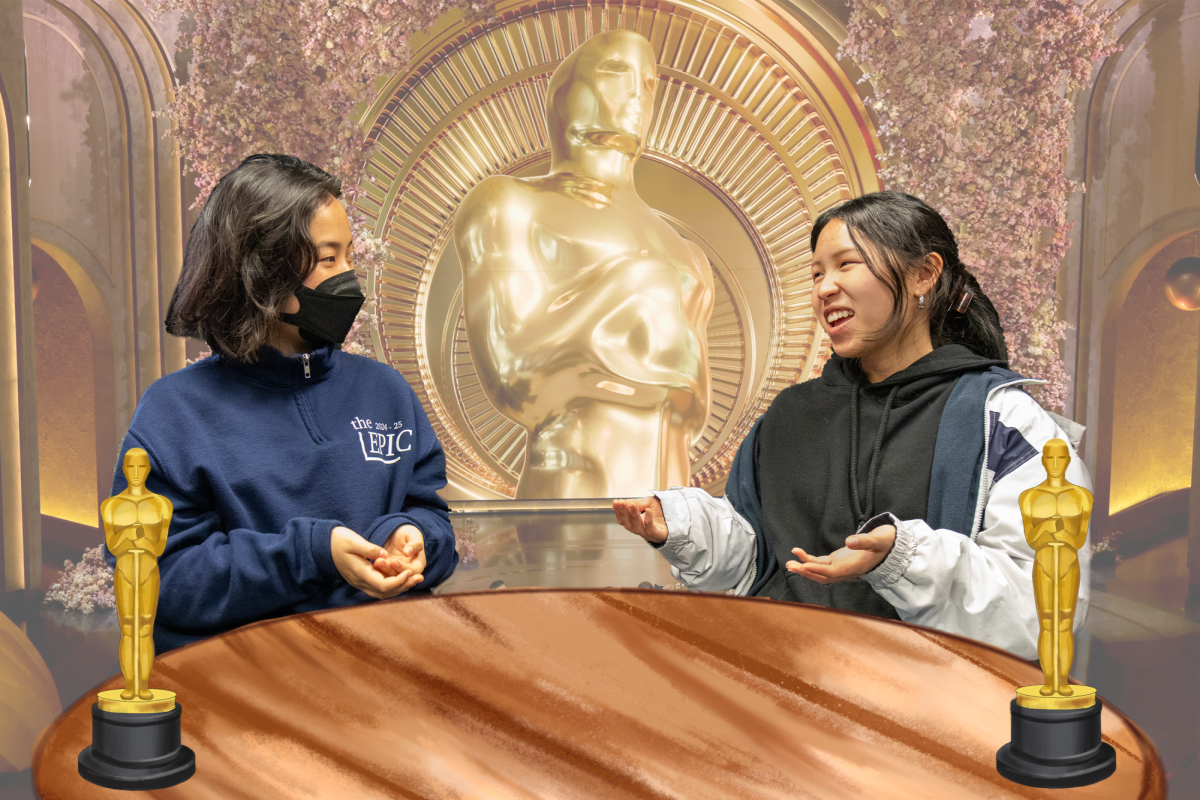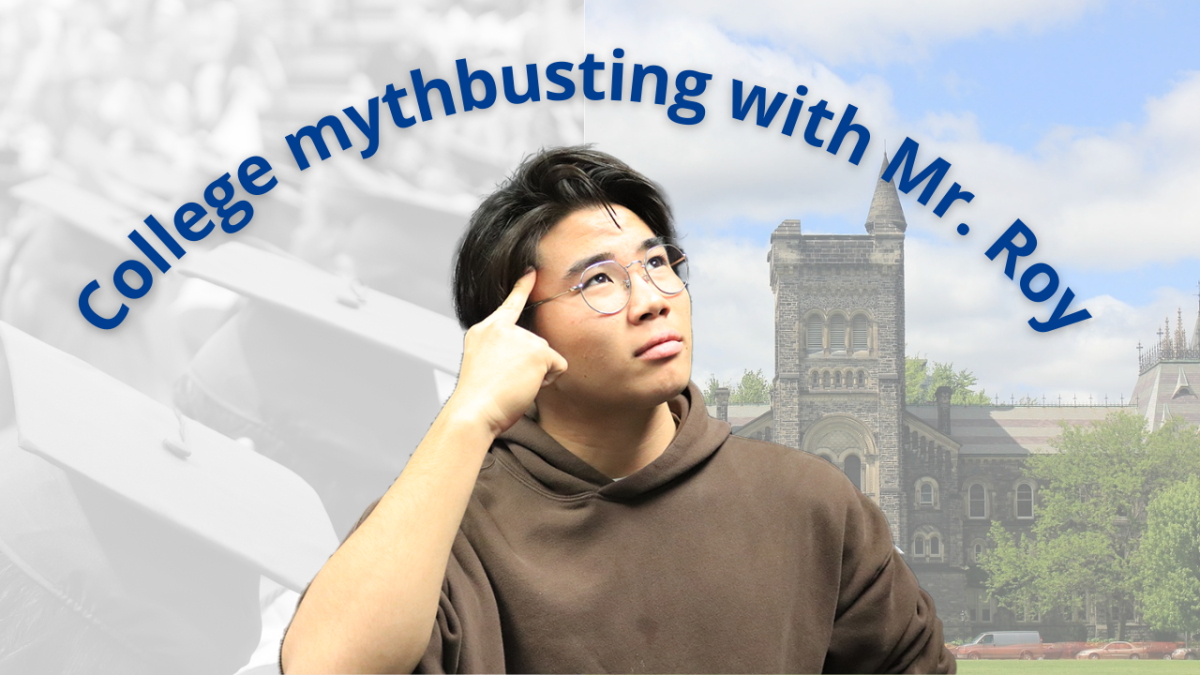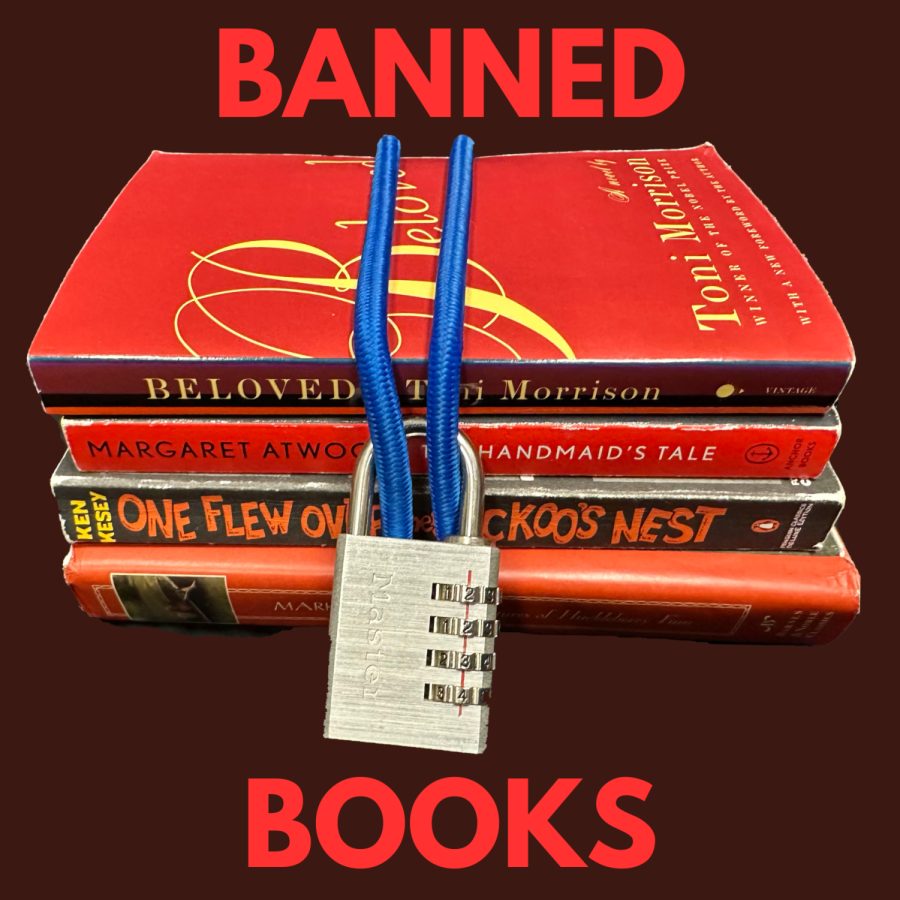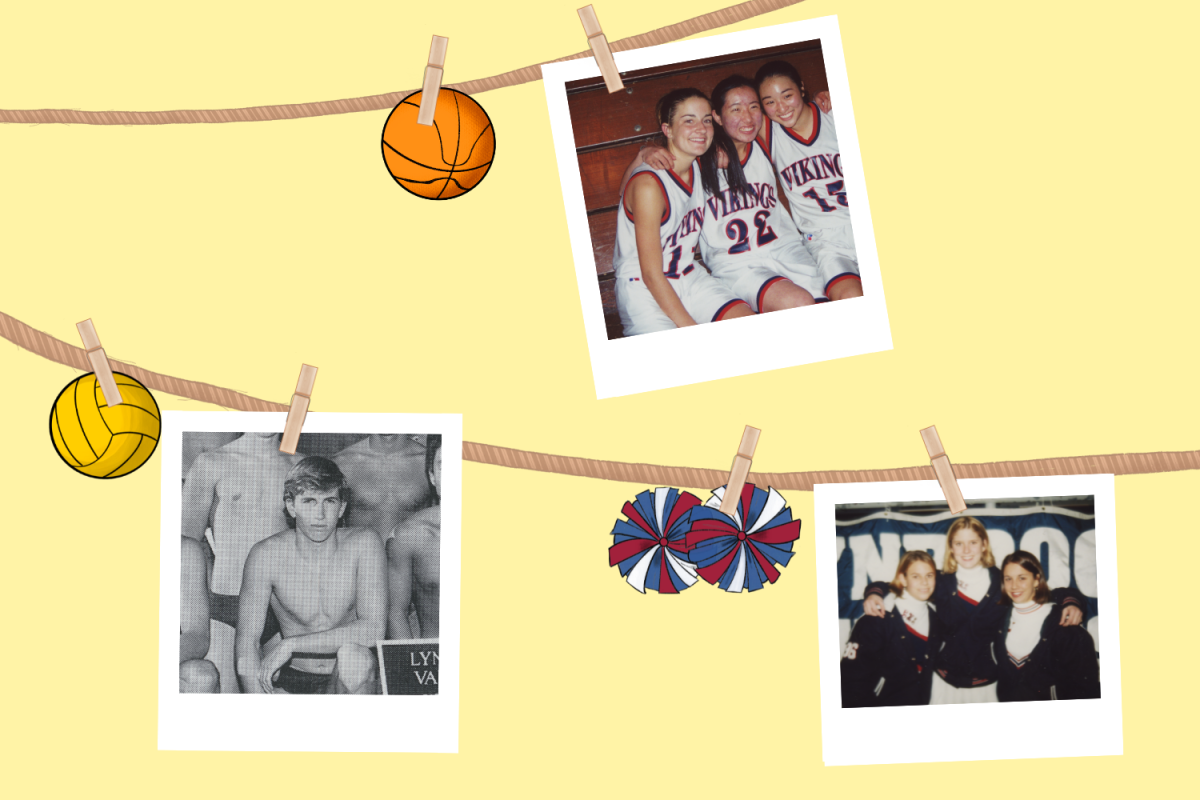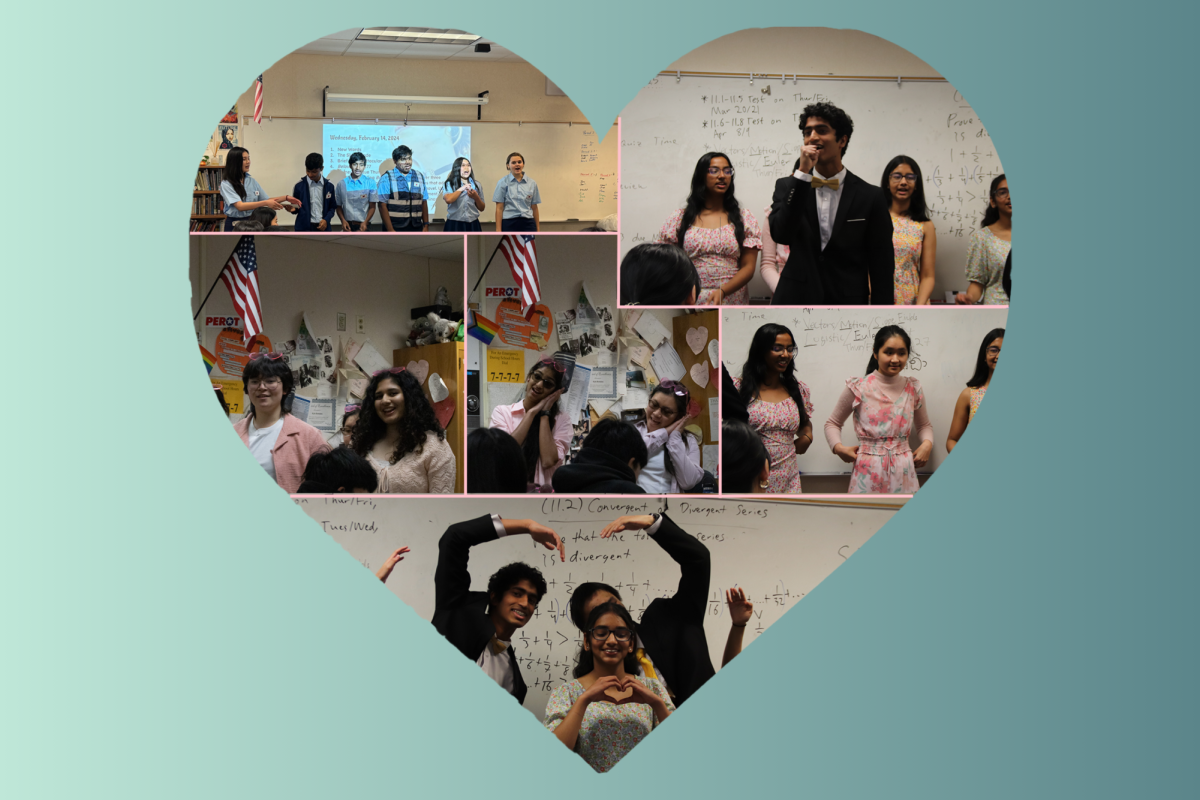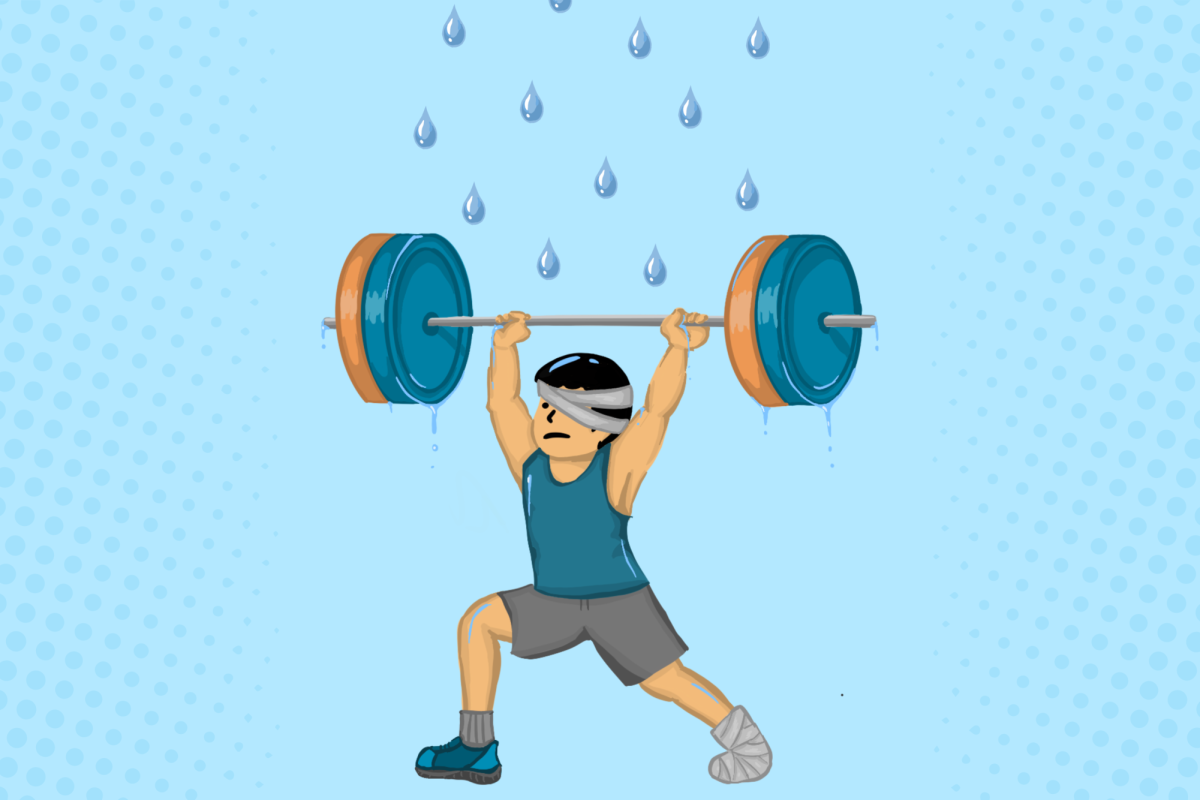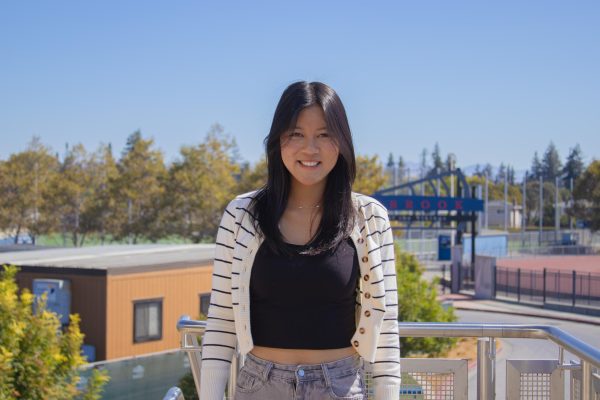In some classrooms, the line between past and present fades. Teachers who once competed on Lynbrook’s athletic fields, courts, tracks — and even in its pool — now stand at the front of the room. For these teachers, their Lynbrook stories didn’t end at graduation; they’ve come full circle, returning to teach at the school where they once played.
Howden
On the first day of school in history teacher Kyle Howden’s room, students may notice youth memorabilia decorating his space, one standing out in particular: a bold, navy-blue T-shirt featuring a comic-book-style hero reaching for a water polo ball — a keepsake from Howden’s Lynbrook water polo days.
Howden played for Lynbrook’s water polo team from 1991 to 1995 as a field player, mainly positioned at the wing, which is the position off the sides of the goal cage. He competed with the JV team but quickly advanced to the varsity team for the next three years.
“It was a lot of fun,” Howden said. “There was a sense of camaraderie. We were all friends and had played together for so long.”
At that time, sports seasons lasted a few weeks more than they do now, typically running until around Thanksgiving in November. Howden and his team were in the pool almost every day through December, with practices every non-game day for two to two and a half hours. Three times a week, they held morning practice, starting with weightlifting for approximately 45 minutes to an hour, followed by another 30 minutes of pool time. They then had games once a week and tournaments almost every weekend.
“There was perhaps one weekend out of the entire first semester up through Thanksgiving that we didn’t have tournament play,” Howden said. “We played upward of 36 to 40 games a year.”
Luckily, the team had a sizable roster, which meant more efficient practices.
Because both varsity and JV had enough players to field two full teams, they were able to have a lot more scrimmages, actively implementing new plays and learning what to avoid in competition games.
“We practiced a lot more than they do now, and we played a lot more games than they do now,” Howden said.
The extra practice evidently paid off though. Not only did the team compete in the upper league, but they also qualified for Central Coast Championships during Howden’s years on varsity.
“In my senior year, we advanced to the second round, one game away from the championship, and then were eliminated in the last minute of play,” Howden said. “We lost by one goal to play in the finals. It was very close.”
Unfortunately, spending more time in the water also increased the risk of injury. Their intensive game schedule meant many players played with injuries.
“Players got a lot of concussions and injuries,” Howden said. “If you had tendonitis, you wrapped your elbow or arm, limited your mobility to some degree and played through the tendonitis. That was common.”
Howden continued on to play college water polo at West Valley College for a year before stepping away from the sport due to college courses and work commitments.
“If I were in high school again today, I would probably play water polo again.”
Morelos
When Spanish and English Language Development teacher Julie Morelos was sinking 3-pointers as a varsity basketball player, she never imagined she’d be back years later, not as a player, but as a teacher. Although she now spends more time in the classroom than the gym, some of her fondest memories of Lynbrook are of her high school team and their time on the court.
Morelos began as a point guard on Lynbrook’s JV basketball team as a freshman, continuing to then compete on the varsity team for the next three years. Before joining the team, she trained with her older sister and dad, often running around the Lynbrook gym at halftime while her sister competed on the 1990 Central Coast Section championship team. However, actually joining the team in the spring of 1998 was a whole new experience.
“The first year, we had an amazing coach,” Morelos said. “Under her leadership, we really bonded and had a memorable and successful season.”
However, the next two years were difficult for the team. The team did not have a positive experience and really struggled to connect with their new coach.
“It showed in our attitudes and ultimately in our record,” Morelos said.
Luckily, Morelos reached out to Standy Stober, the athletic director at the time, to express her team’s concerns about continuing with that mentorship, and by the end of the spring of 2000, their coach was removed from his position.
This coach transformed the team’s competitiveness, taking them from occasional wins a year to qualifying for CCS.
“My senior year season was just an amazing experience,” Morelos said. “What a complete turn-around. I still am friends with some of those teammates today, 20 years later. I credit this to the coaching that fostered solid connections between the girls, which automatically transferred to our chemistry on court.”
To get to that level of competitiveness, the team had in-season training — two-and-a-half-hour practices six days a week — and off-season practices.
“During the off-season, our coach would have us up at 6 a.m., getting in reps and drills before classes began at 7:35 a.m.,” Morelos said. “We always played in spring and summer leagues too. For me, it never stopped. Everything was about basketball.”
Although Morelos’ high school basketball days are behind her, she continues to play recreationally to this day. Before moving to Lynbrook, she coached at Sunnyvale Middle School, striving to build a team environment similar to the one her senior-year coach fostered for her. She now mentors at summer basketball camps and coaches her eight-year-old and his team.
“In the future, when my son is older, I can imagine myself being a fixture in the Lynbrook gym, helping out and perhaps taking on a coaching role,” Morelos said. “It’s still a huge part of my life. Anybody who knows me knows that basketball is in my soul.”
Badger
Nested within the shelves of Room 603 are four black-and-white Lynbrook yearbooks and two special photo albums, preserving the memories of business teacher Andrea Badger’s time on the Lynbrook cheer team.
Badger participated in the cheer team from 1992 to 1996, but her cheer team looked a lot different than Lynbrook’s current team. At that time, they had four different cheer teams: JV and varsity cheer and JV and varsity song. The cheer team performed chants and stunts without any background music, while the song team danced to music.
Not only were there four different teams, Badger and the other cheerleaders also had a class period set aside for cheerleading for extra practice. The class alternated between fifth and sixth period, depending on their adviser’s availability.
“We had class time to practice, and then we had practice two to three times a week for around two hours in the evening,” Badger said. “Evening practices also depended on when our coaches could be there.”
However, Badger’s coaches were more similar to advisers due to their lack of cheer experience. Some years, they had parents who were specifically hired to be their adviser, and other times, they just had two teachers at practices.
“All of our coaches were like supervisors,” Badger said. “We ran our own practices and did our own warm-ups and choreography. Some of the coaches didn’t know anything about cheerleading at all.”
Despite these challenges, the team did well at competitions. In competitive cheer, teams advance to Nationals if they receive a “superior” rating enough times at regional competitions. Badger’s team qualified every single year.
“My team took fourth place at Nationals my freshman year, which was the best we had ever done,” Badger said. “We didn’t have enough people on the varsity cheer team, so we combined for competition, and all the JV cheerleaders competed at a varsity level.”
However, their roles extended far beyond cheering at games and competitions — they were also deeply involved in fostering school spirit.
“We were so much more involved in the community,” Badger said. “On back-to-school night, we would always come in our uniforms and help direct parents. We did a lot of the things that ASB now volunteers for. We were more school leaders than we were just cheerleaders.”
That’s why their class time wasn’t solely used for practice. Once a week, the team had “poster day,” a designated time to create posters for every home game that week, which they then hung up around campus.
“Yes, we competed, and yes, we performed and cheered at games, but it was also our job to publicize and promote all sports,” Badger said. “A primary role of ours was to support the athletics department and cheer on all of the athletics teams at Lynbrook.”
Although the team’s main requirement was to cheer at all football and basketball games, they made sure to support other sports as well. To do that, they divided up the less publicized sports and ensured that there were at least two to three cheerleaders in uniform at every home match for each sport.
“We didn’t necessarily always do cheers, but we would show up in uniform, sit in the stands and support the team,” Badger said.
That type of involvement was what inspired Badger to be the cheer coach when she started teaching at Lynbrook.
“I coached for the 2004-05 season and then left after the homecoming season in 2005,” Badger said. “The program had changed a lot, and it was hard because it wasn’t what I valued it for being in my past. I wanted to be more like an advisor, so it became clear that I didn’t have the skill set they need. I stepped away, so they could get the coach they needed.”
Whether Badger is a cheerleader, cheer coach or the business teacher, it is clear Lynbrook is her home.
“I feel very connected to the school because I gave so much to it as a student,” Badger said. “To be able to teach here in that community is great, the school is very much home to me.”

